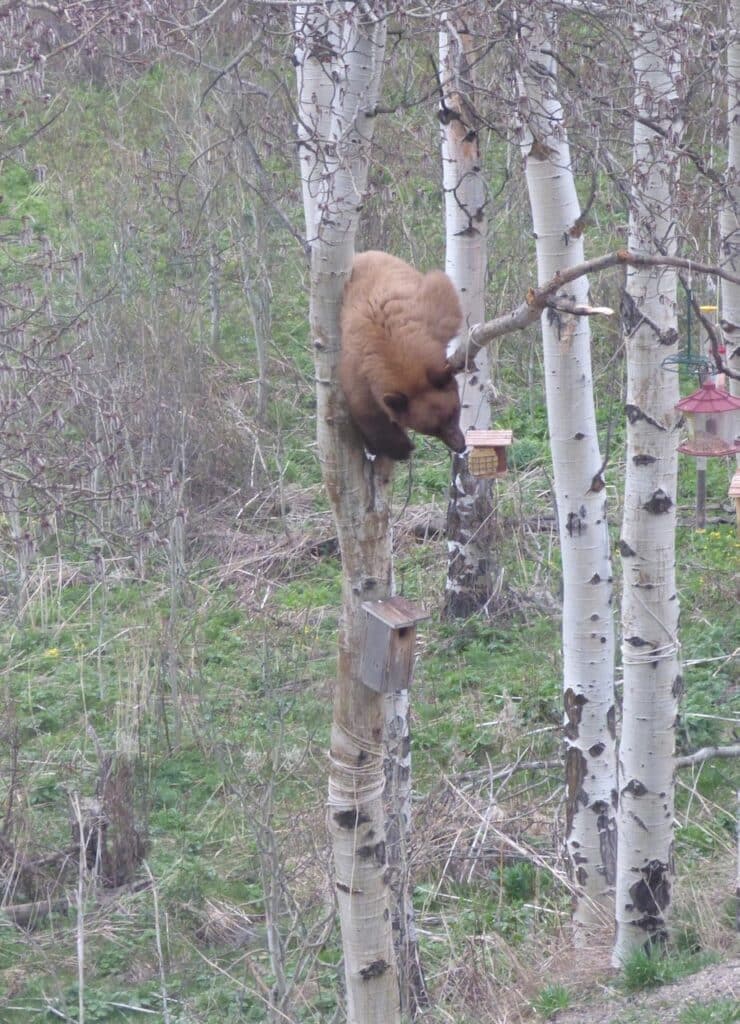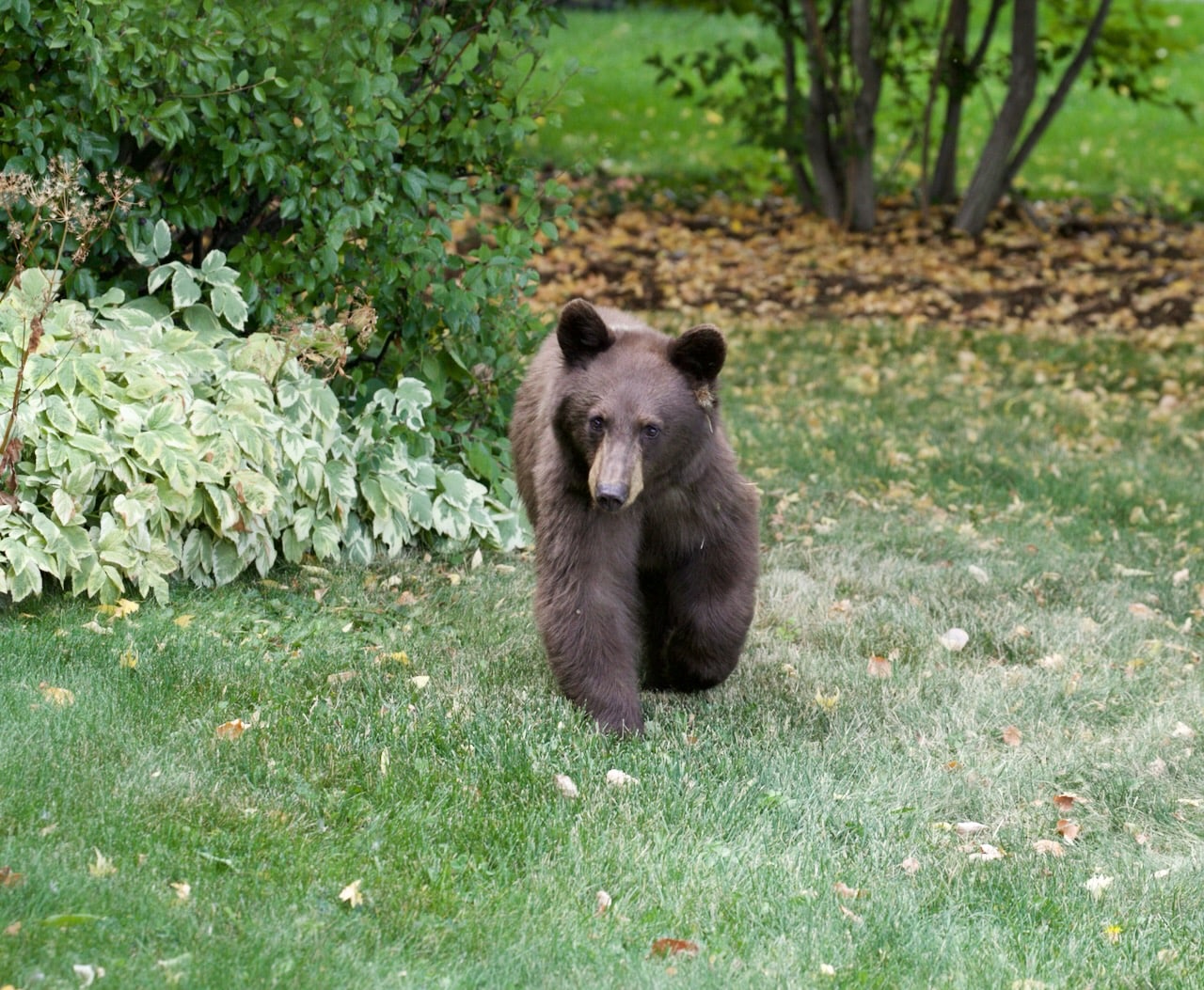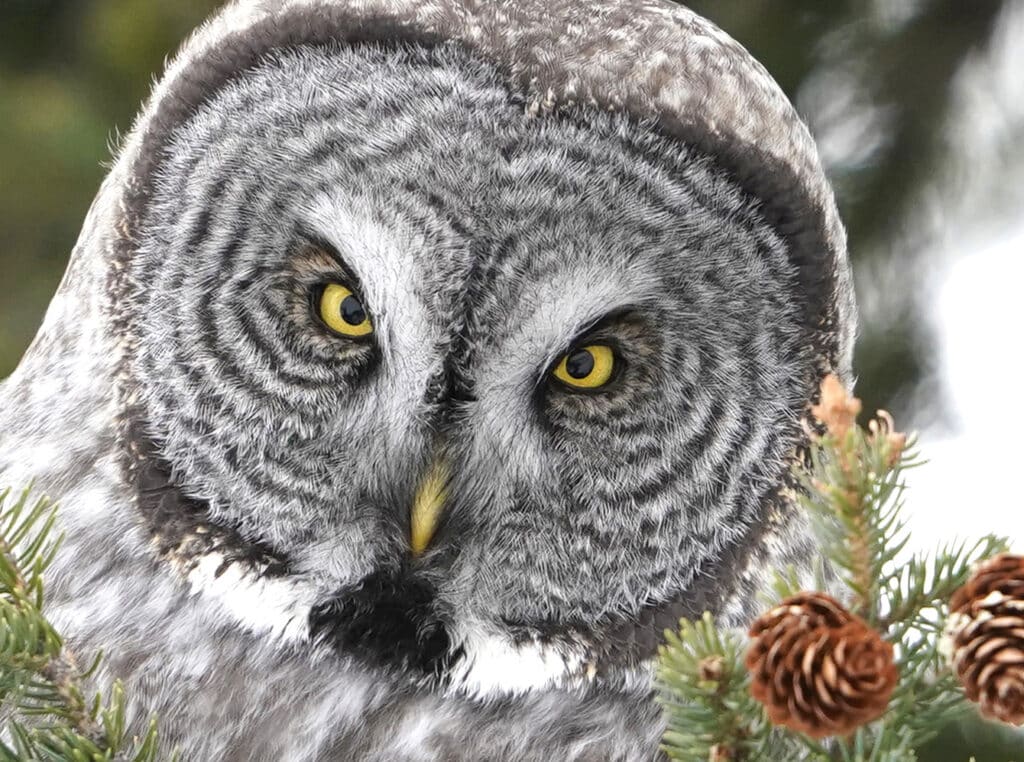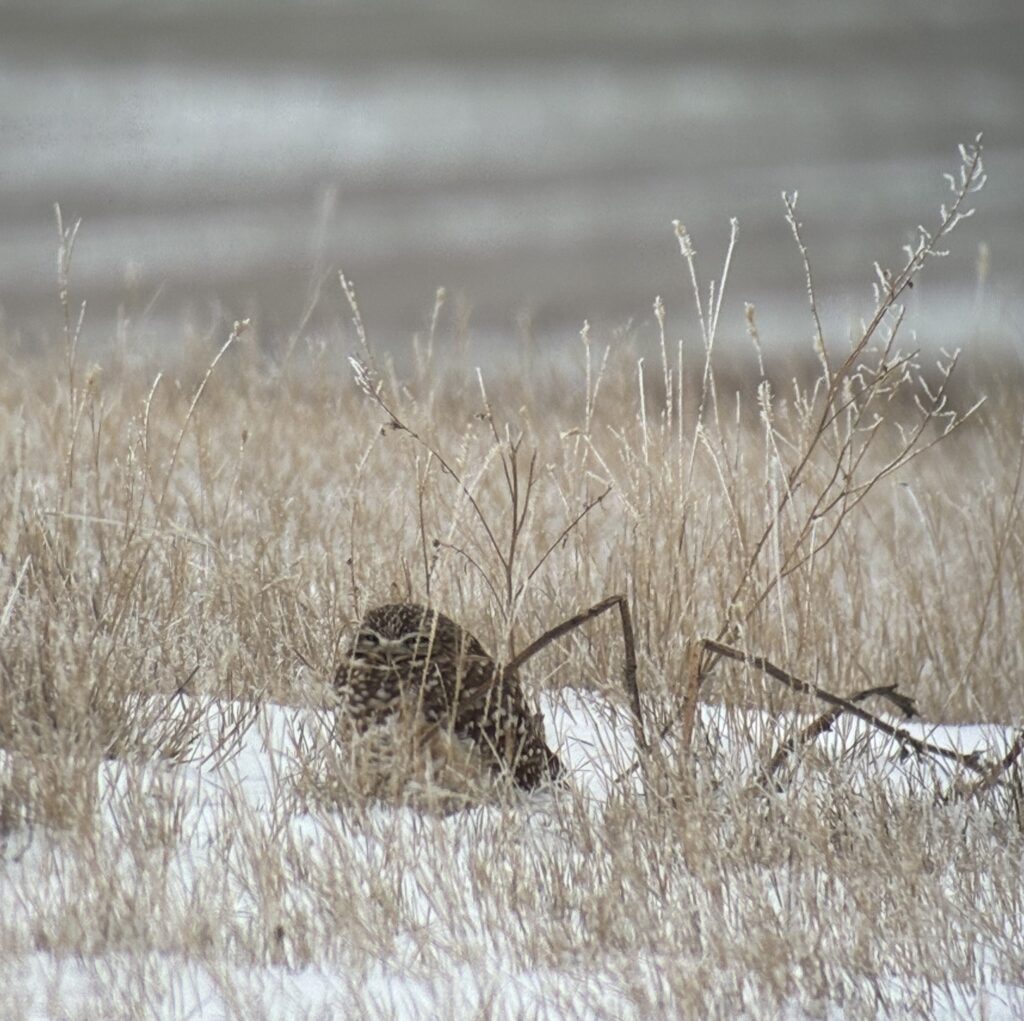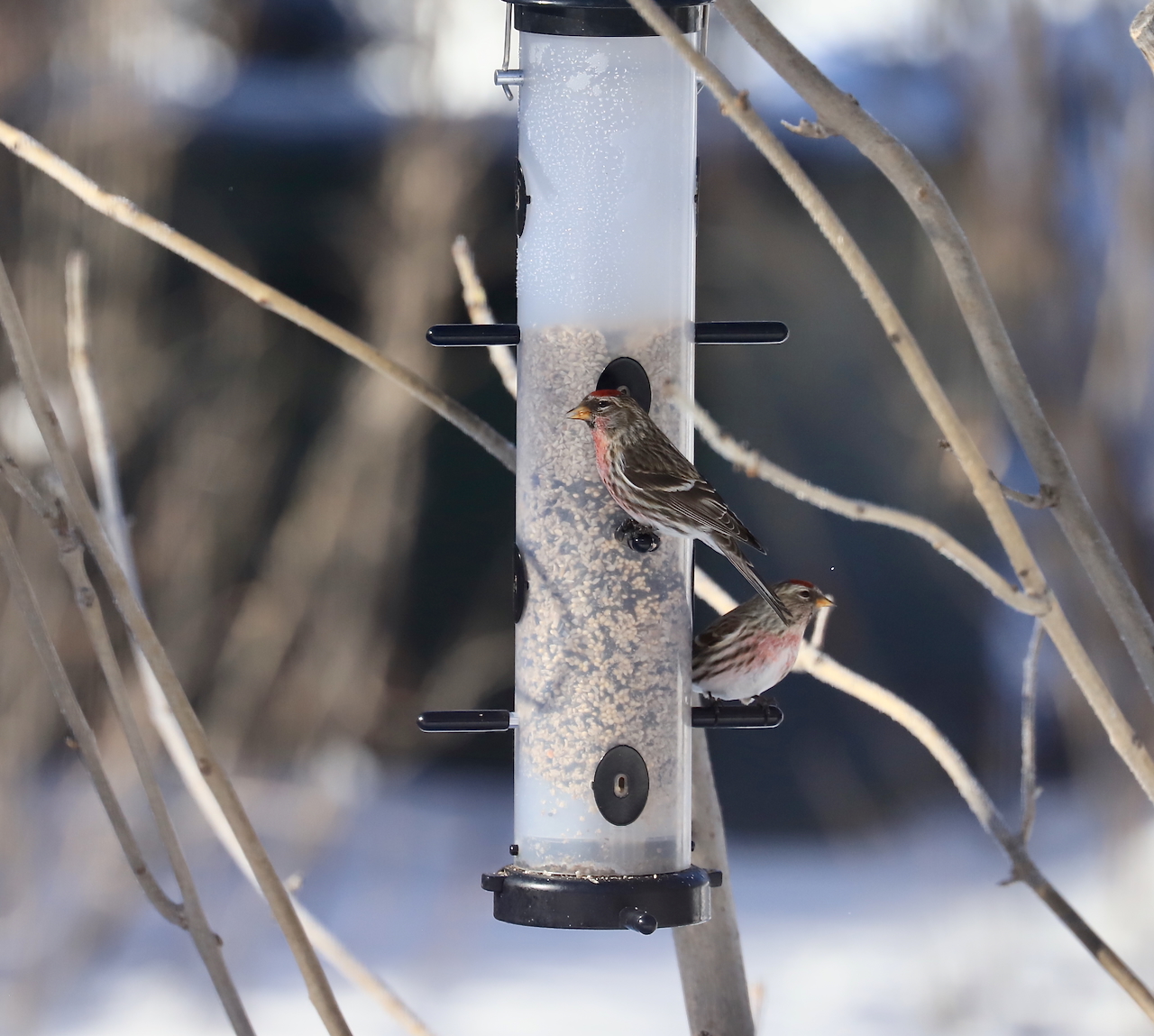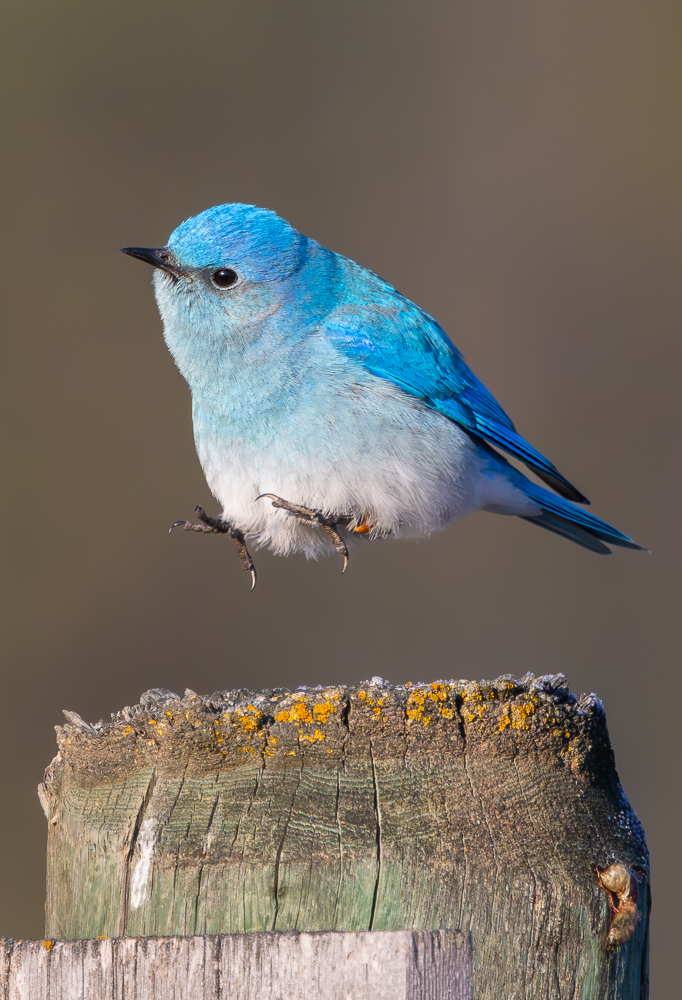By Ben Goodheart and Mikaela Howie
It’s a hard truth, but birdfeeders in the Gallatin Valley are one of the two main attractants, along with unsecured garbage, for bears seeking food. With fall fast approaching, bears will be searching for easy to find, high-caloric foods to pack on weight for the winter. Bird feed is a highly sought-after food for black bears that live around our communities, and it is our responsibility to keep those bears safe.
Bears are curious and smart. When they find a food source such as a bird feeder, they remember the location and come back again and again. Sows will even teach their cubs this behavior. When bears become habituated in our neighborhoods, they often get euthanized. Many are euthanized each year and others are hit by cars.
The best way to protect bears from these outcomes is to simply not entice them into our neighborhoods in the first place. Biologists suggest that the only safe time to feed birds in bear country is during the winter when bears are hibernating. Fall, when bears are spending up to 20-hours a day foraging, is likely the worst time and it is best to simply take down your bird feeders.
If you must hang bird feeders, be absolutely sure that a bear cannot reach the feeder (keep in mind all bears are great climbers) and add a catch underneath your feeder so that you can remove excess seed that accumulates regularly. A feeder should be at minimum 10 feet off the ground and more than 4 feet away from any tree trunks or poles. Pungent feed like black oil sunflower seeds and suet are the most attractive to bears and should be avoided. Instead substitute Nyjer/thistle seed. Remember, the most effective way to avoid conflict with bears is to simply refrain from hanging bird feeders in bear country and use native landscaping instead to attract birds to your yard!
